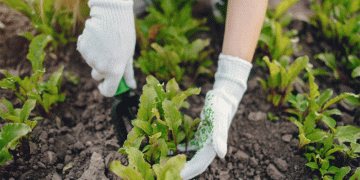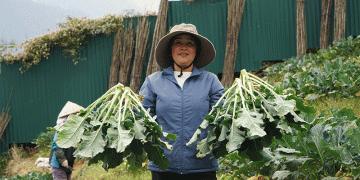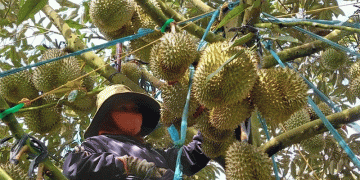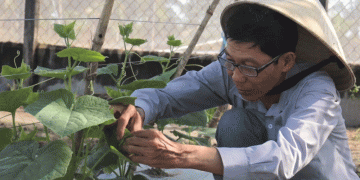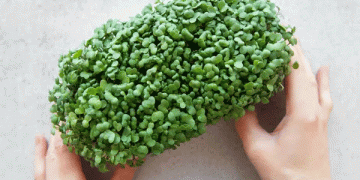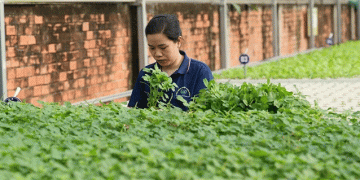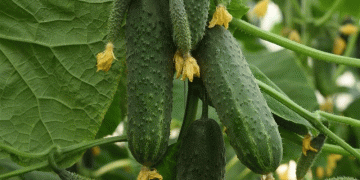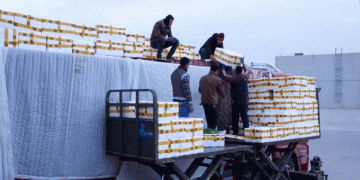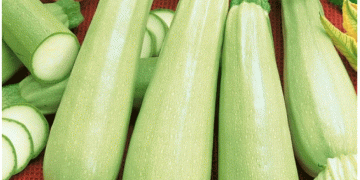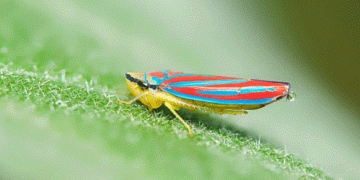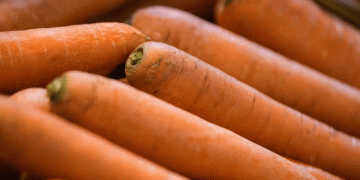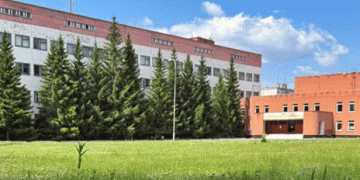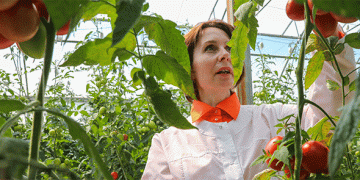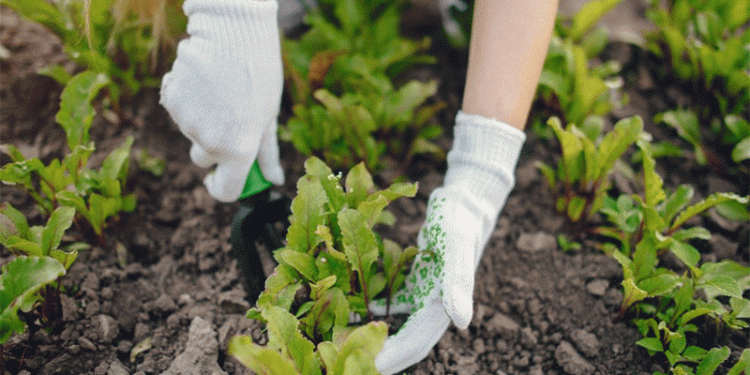As of August 25th, the agricultural heartland of Russia, Krasnodar Krai, has reported a sugar beet harvest exceeding 1.5 million tons. This volume, already 4.1% higher than the same date last year, has been achieved from only 22% of the total sown area (51.5 thousand hectares), setting the stage for a potentially record-breaking season. The data reveals not just impressive totals, but a fascinating story of extreme yield variation across districts and a strategic shift towards domestic seed sovereignty.
Yield Extremes: Unpacking the 180 c/ha Gap
The regional average yield stands at a robust 296.8 centners per hectare (29.68 t/ha), a figure that would be the envy of many global producers. However, this average masks dramatic disparities that highlight the impact of localized agronomic mastery.
- Top Performers: Kalininsky District leads with an extraordinary yield of 480 c/ha (48 t/ha), followed closely by Mostovsky (468 c/ha) and Novokubansky (463 c/ha) districts.
- The Average: The regional average of 296.8 c/ha suggests that many areas are performing significantly below this top tier.
This nearly 180 c/ha gap between the highest and average yields is a classic indicator of variable soil quality, irrigation access, and most critically, the adoption level of precision agriculture technologies. According to a 2024 global agronomy review, such yield gaps are often closed not by increasing input volume, but by optimizing input timing and placement through GPS-guided equipment, soil moisture monitoring, and variable-rate seeding. The performance of the leading districts serves as a benchmark for the region’s potential.
Domestic Seed Strategy: From 15% to Self-Sufficiency
A pivotal piece of information for the long-term strategic outlook is the seed source. In 2025, 15% of the beet area in Krasnodar Krai was sown with seeds of domestic selection. This is a significant step in Russia’s national policy to reduce dependence on imported genetics.
The stated goal to “fully meet the needs of farmers in high-quality domestic sugar beet seeds by 2030” is ambitious. The success of this initiative is crucial for national food security. The performance of these domestic varieties in the 2025 harvest will be closely monitored by scientists and agronomists. Their yield data, disease resistance, and sucrose content will determine the pace of adoption and the ultimate success of this import substitution program.
Economic Leaders and Processing Pipeline
The leaders in total production volume—Vyselkovsky (219.8k tons), Timashevsky (138.8k tons), and Tikhoretsky (124.8k tons) districts—will be critical for keeping local sugar factories operating at capacity. The early and high-volume harvest ensures a steady flow of raw material to processing plants, minimizing storage losses and maximizing sugar extraction efficiency.
The early harvest results from Krasnodar Krai paint a picture of a highly productive but heterogeneous agricultural region. The outstanding yields in leading districts demonstrate what is possible with optimal conditions and advanced management, setting a clear target for other areas. The concurrent advancement of the domestic seed program represents a strategic investment in the long-term resilience and sovereignty of the Russian sugar industry. The key challenge and opportunity for Kuban’s farmers and agronomists lie in disseminating the best practices from the top-performing districts to elevate the regional average, while critically evaluating the new domestic seed varieties that will define the future of the sector.
